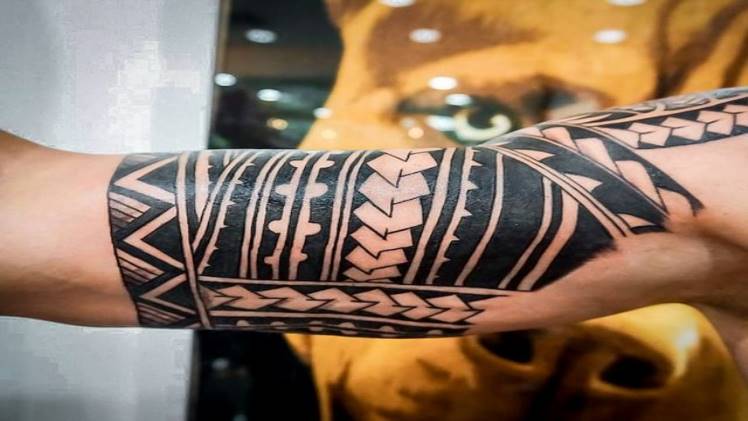Embracing Darkness: How Blackwork Tattoos Have Revolutionized the Tattoo Industry

In recent years, a bold and captivating style has emerged in the tattoo world : blackwork tattoos. Characterized by their use of solid black ink and intricate designs, these tattoos have become increasingly popular among both tattoo enthusiasts and artists alike. In this article, we’ll explore how blackwork tattoos have revolutionized the tattoo industry, from their historical roots to the innovative techniques that define the style today.
A Brief History of Blackwork Tattoos
The origins of blackwork tattoos can be traced back thousands of years to ancient tribal cultures across the globe. From the Polynesian tribes of the Pacific Islands to the indigenous peoples of the Americas, many early societies used black ink derived from natural sources to create intricate designs on their bodies. These tattoos often held cultural significance, symbolizing social status, spiritual beliefs, or rites of passage.
Over time, the practice of blackwork tattooing evolved, with various styles and techniques emerging in different regions. In the 20th century, the rise of modern tattoo equipment and inks allowed for more precise and detailed blackwork designs, leading to the emergence of the contemporary blackwork style we know today.
Innovative Techniques and Styles
One of the key factors behind the growing popularity of blackwork tattoos is the diverse range of techniques and styles that fall under the umbrella of this genre. From bold, geometric patterns to delicate, fine-line designs, blackwork tattoos offer a unique aesthetic that appeals to a wide audience.
Some of the most popular blackwork styles include:
- Tribal: Drawing inspiration from traditional tribal tattoos, this style often features bold, abstract designs with thick lines and strong contrasts.
- Dotwork: This technique involves the use of small dots to create intricate patterns and images, resulting in a textured and detailed appearance.
- Geometric: Geometric blackwork tattoos often feature complex patterns and shapes, with designs ranging from simple, minimalist compositions to elaborate, large-scale pieces.
- Illustrative: This style combines elements of traditional tattooing with blackwork techniques, resulting in detailed and realistic designs that often depict animals, plants, or other natural subjects.
The Impact of Blackwork Tattoos on the Tattoo Industry
The rise of blackwork tattoos has had a profound impact on the tattoo industry, pushing the boundaries of what’s possible with ink and skin. The bold, striking appearance of these tattoos has challenged traditional notions of what constitutes a “beautiful” or “meaningful” design, prompting both artists and clients to think outside the box when it comes to body art.
In addition, the growing popularity of blackwork tattoos has led to increased innovation among artists, who are continually exploring new techniques and styles to create unique designs. This drive for creativity has not only elevated the standard of blackwork tattoos but has also inspired other tattoo genres to push their own boundaries and experiment with new approaches.
Moreover, the bold aesthetic of blackwork tattoos has helped to break down some of the stigma surrounding tattoo culture. As more people embrace the beauty and versatility of these designs, the perception of tattoos as a form of self-expression and artistry continues to grow.
In conclusion, blackwork tattoos have revolutionized the tattoo industry, challenging conventions and inspiring a new wave of creativity among artists and enthusiasts alike. As the popularity of these striking designs continues to rise, it’s clear that blackwork tattoos are leaving an indelible mark on the world of body art, proving that sometimes, embracing darkness can lead to incredible artistic innovation.





